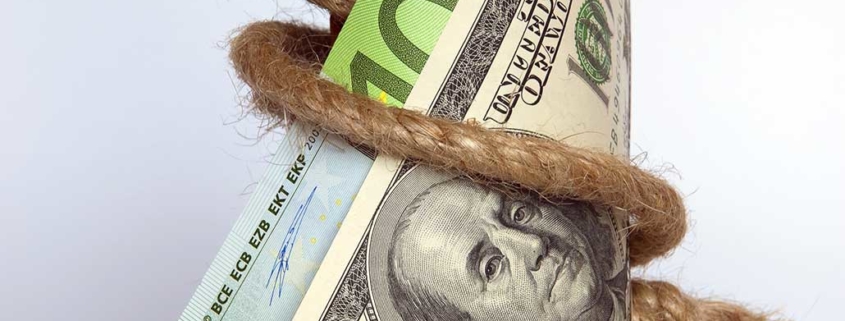Euro hits parity with the US dollar
The euro has suffered a swift and brutal slump this year, and now it has crossed a major threshold: for the first time in 20 years, the exchange rate between the euro and the US dollar has reached parity. The euro hasn’t been valued below $1 since July 15, 2002. It’s now below $1.01.
What does it mean?
It means the European and American currencies are worth the same amount.
The falling exchange rate has been blamed on rate rises, Europe’s energy dependence on Russia and growing fears of a recession, which typically drive investment in haven assets. Energy prices have driven euro-area inflation to a record 8.6% in June, making everything from groceries to utility bills more expensive.
Why dollar is king now
The dollar has climbed in value against global currencies by more than 10% since the beginning of the year.
It means that people need to put up fewer dollars in exchange for other currencies.
What does a strong U.S. dollar mean for imports, exports?
For decades, currency devaluation was a monetary policy tool to obtain competitive trade advantages. The idea is simple: if your currency is worth less, your products are cheaper, and it is much easier to put them on the market, which revitalizes exports and boosts the economy.
A strong dollar may help consumers buy more imported goods.
Mark Zandi, chief economist at Moody’s Analytics said “if you’re an importer, the strength of the dollar is a good thing”. Zandi expects the dollar’s strength against the euro to last for a year or two.
“I don’t see the dollar significantly weakening any time soon,” he said.
Sources: El Paìs, AP News, Moody’s Analytics.











